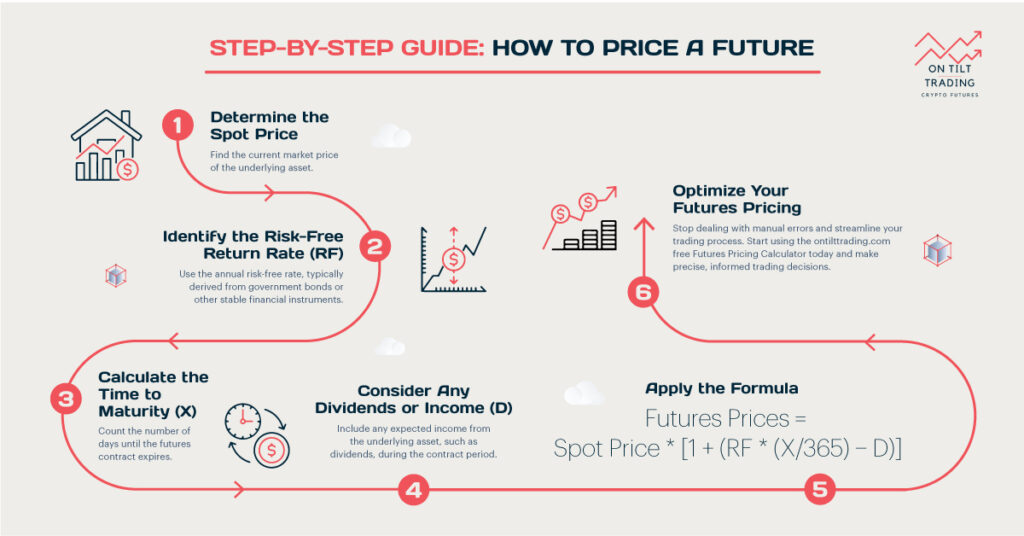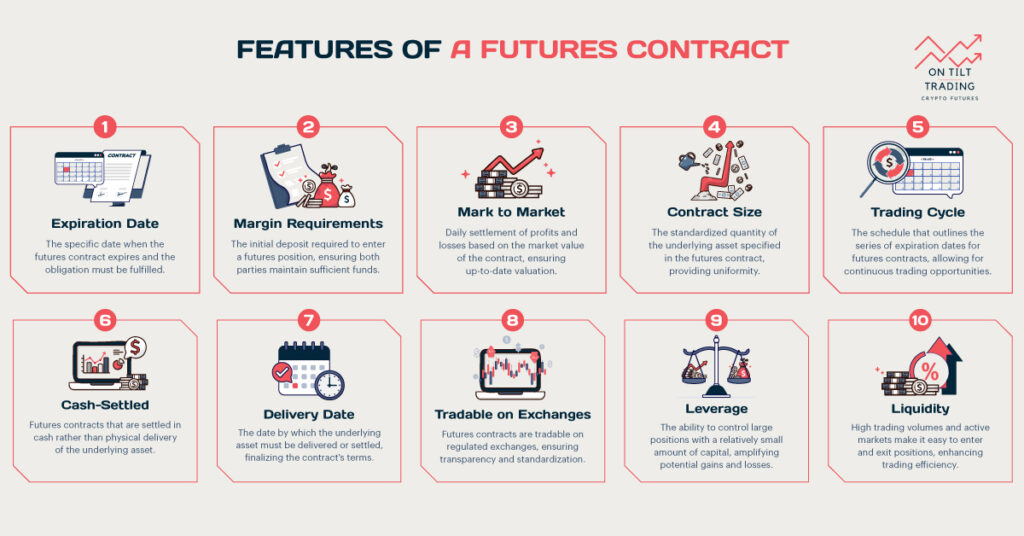It is often difficult to understand the relationship between market volatility and trading volume in financial markets. Both traders and investors try to decode these patterns to maximize their returns. One of the most debated topics in this realm is whether low trading volume inherently leads to high market volatility.
In this article, we will explore the intricate relationship between low trading volume and high market volatility. To understand these influences, we will examine theoretical perspectives, historical data, and practical implications. Let’s dive in.
What is Volume in Trading?
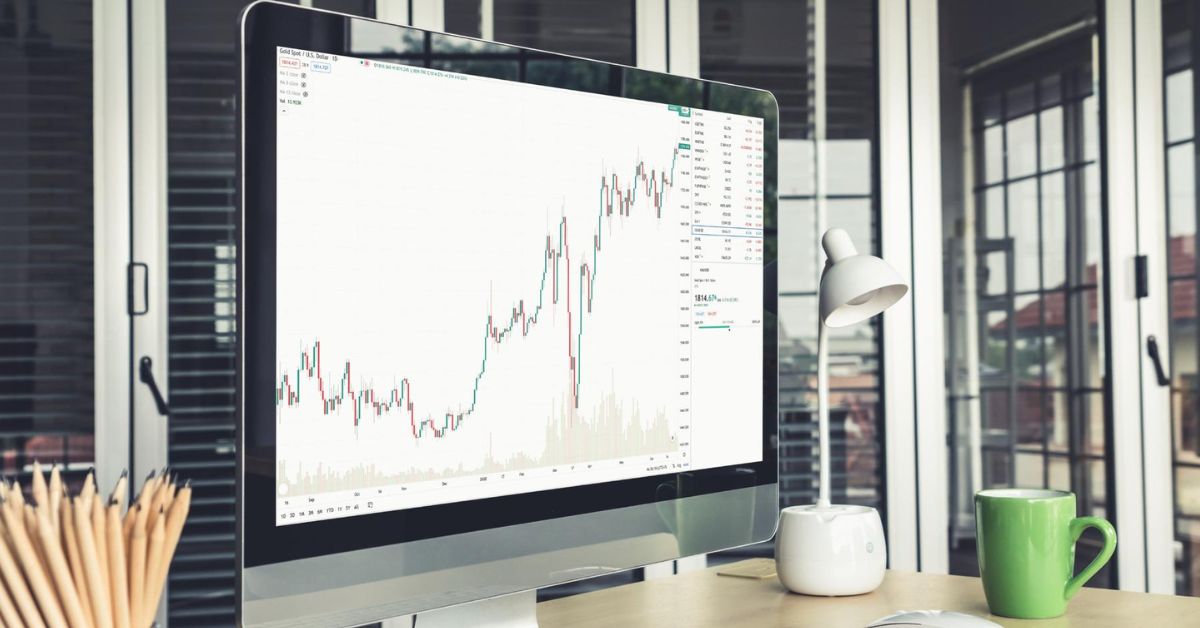
A trading volume is a measure of the number of shares or contracts traded within a certain period for a particular security or market. This metric helps traders and investors gauge a security’s activity and liquidity. The higher the trading volume, the more active the market is, while the lower the volume, the less active it is.
How Trading Volume is Measured
Trading volume is typically measured daily and reported as the total number of shares or contracts traded. Financial news websites, stock exchanges, and trading platforms often provide this data for stocks.
Trading platforms also provide detailed volume metrics for cryptocurrencies, enabling traders to assess market activity accurately. A trader can monitor volume on different time frames, including hourly, daily, weekly, and monthly.
Significance of Trading Volume
There are several reasons why it is vital to understand trading volume:
- Liquidity: High trading volume generally indicates high liquidity, making it easier to buy or sell a security without causing significant price changes.
- Price Movements: Volume is often used to confirm price trends. An increase in prices with high volume is more sustainable than one with low volume.
- Market Sentiment: Volume spikes can signal shifts in market sentiment, such as increased interest in a stock or widespread panic selling.
- Volatility Indicators: Low volume can sometimes lead to higher volatility, as fewer participants mean that large orders can have a more significant impact on price.
Trade volume can give traders insight into market conditions, identify potential trends, and make more informed decisions.
Does Low Volume Mean High Volatility?
Low trading volume often indicates lower market participation, which can lead to higher volatility. Due to fewer trades, large orders can have a bigger impact on prices, causing significant price swings.
Additionally, during low-volume periods, market sentiment can quickly shift, further amplifying volatility. However, low volume does not always equate to high volatility; other factors, such as market news and events, also play a significant role.
The Relationship Between Low Volume and High Volatility
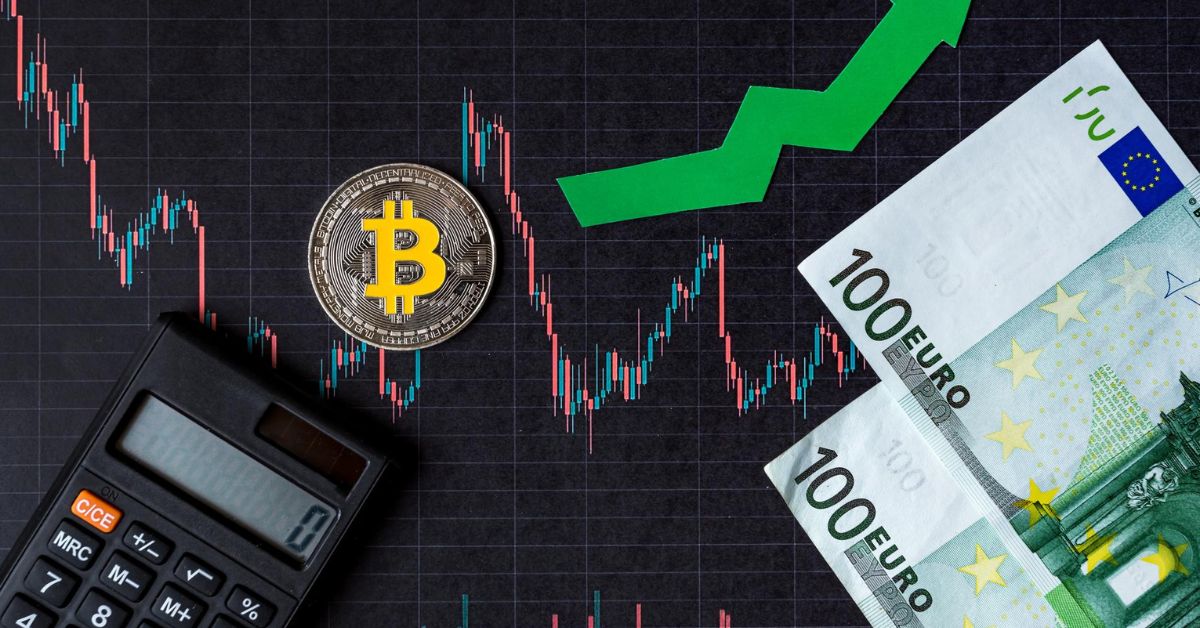
There is a complex and multifaceted relationship between low trading volume and high volatility. This connection requires examining various factors that contribute to volatility during low-volume periods.
Historical Examples
Low trading volume often coincides with significant price fluctuations, according to historical data. For example, during holiday seasons or considerable market events, trading activity can dwindle, leading to erratic price movements.
When that happens, a few big trades can disproportionately affect prices, causing volatility. Various studies show that when liquidity goes down, sharp price swings increase, including in stocks and cryptocurrencies.
Reduced Market Participation
Low trading volume generally indicates fewer market participants. A limited number of buyers and sellers makes the market more susceptible to large orders affecting prices.
Even a modest amount of buying or selling pressure can cause price movements that are bigger than expected. It’s essential to be cautious during these times, as rapid gains can also lead to rapid losses.
Increased Impact of Large Orders
In a low-volume market, the execution of large orders can lead to significant price changes. When a trader places a big buy or sell order, it can disrupt supply and demand, causing prices to swing. As a result, traders should be aware of market conditions and consider their order sizes carefully during periods of low trading activity.
News and Events
When trading volumes are low, unexpected news or market events can exacerbate volatility. A major announcement can throw the market off, causing price volatility to spike. Low-volume traders should stay vigilant and monitor news developments because they can significantly influence price movements.
Counterarguments and Alternative Views
Even though low volume and high volatility are often correlated, it’s essential to consider counterarguments and alternative perspectives.
Situations Where Low Volume Does Not Lead to High Volatility
Low trading volume does not always result in high volatility. For example, in a stable market or during periods of consolidation, prices may remain relatively flat despite low trading activity.
Some traders might wait for more significant market movement before committing capital, resulting in subdued price movements. In these cases, low volume can indicate a lack of interest rather than a precursor to volatility.
High Volume and High Volatility
On the other hand, high trading volume can also be associated with high volatility, especially during significant market events or earnings reports. As traders react to new information or developments, increased participation can amplify price fluctuations.
Following significant announcements, both buying and selling pressure can surge, resulting in rapid price swings. Ultimately, The context of market conditions and external influences play a crucial role in determining volatility.
Practical Implications for Traders
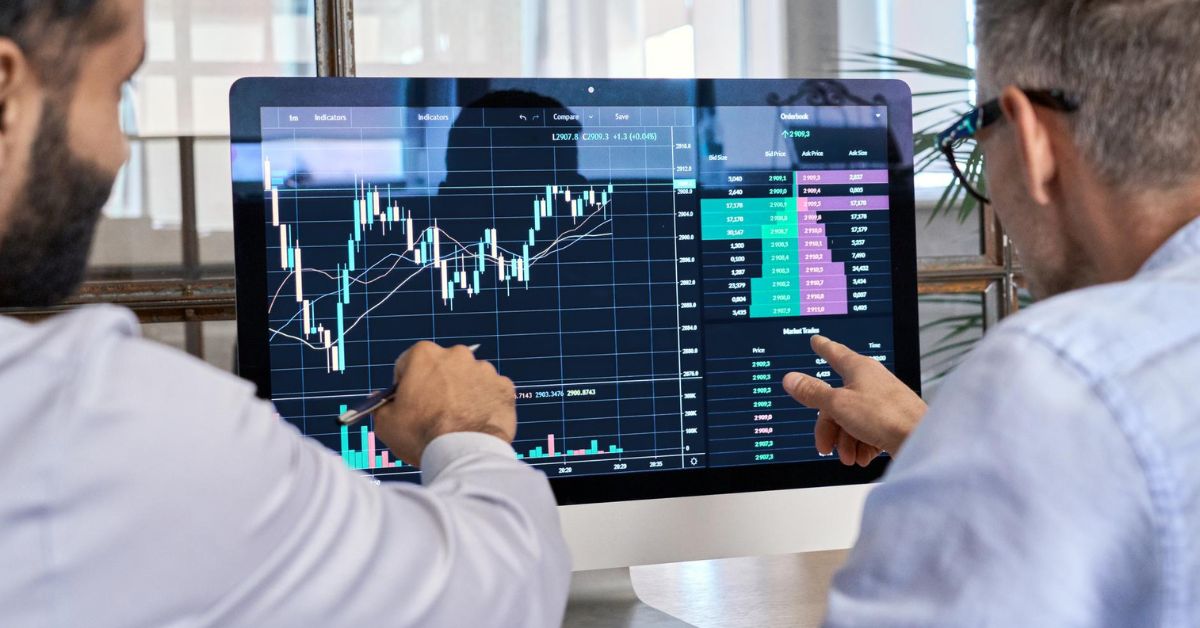
Traders need to understand the relationship between low volume and high volatility. These dynamics can help traders mitigate risk and improve their decision-making processes in unpredictable markets.
Strategies for Trading in Low-Volume Markets
When trading in low-volume environments, traders should exercise caution. During periods of increased volatility, risk management strategies, such as stop-loss orders, can help protect capital. A sharp price swing can cause extreme exposure, so it’s essential to be aware of that and adjust position sizes accordingly.
Volume indicators can provide valuable insight into market conditions. The on-balance volume (OBV) and Average Daily Volume (ADV) can both help gauge price movement strength. Volatility surges can indicate a possible breakout or reversal, allowing traders to capitalize on new patterns.
Long-Term vs Short-Term Trading
When approaching low-volume markets, traders should consider their time horizon. It may be more prudent for long-term investors to wait for favorable market conditions before making significant moves. While long-term traders may focus on long-term trends, short-term traders may focus on quick trades with a keen eye on risk mitigation.
Tools and Resources
The following tools and resources can help traders navigate low-volume environments effectively:
- Trading Platforms: Prime XBT gives traders access to real-time volume data and advanced charting tools so they can analyze market conditions.
- News Alerts: Setting up news alerts can assist traders in staying on top of significant developments that may influence the market. Knowing upcoming announcements or earnings reports can help traders prepare.
- Educational Resources: Continuous education is vital for traders. Courses, webinars, and articles about trading strategies in low-volume conditions can help traders improve their skills.
These strategies and tools can help traders deal with low volume and high volatility. Taking proactive measures and staying informed can help you make better trading decisions in dynamic markets.
FAQs
How do you know if volatility is high?
Traders often analyze price fluctuations over time to determine whether volatility is high. Statistical measures like standard deviation and Average True Range (ATR) quantify how much an asset’s price varies from its average.
Furthermore, watching the Volatility Index (VIX) for equities or equivalent measures in other markets can give you a sense of market sentiment. An increase in trading volume, wide bid-ask spreads, and rapid price movements could also indicate heightened volatility.
Is it better to buy stocks with high volume or low volume?
Trading stocks with high volume is generally better for traders because it indicates more liquidity and more participants. A high volume of trading means tighter bid-ask spreads, making it easier to execute trades at the price you want. Additionally, it indicates stronger investor interest, which can keep prices up.
Conversely, low-volume stocks are more likely to experience higher volatility, making them riskier. However, if you conduct thorough research and manage the risks, you might find opportunities in low-volume stocks.
What does low-volume trading indicate?
The low volume of trading indicates a lack of interest and participation in a particular asset or market. It often suggests that fewer buyers and sellers are actively trading, which can lead to decreased liquidity and increased volatility. Low-volume trading can result in sharp price movements when even small trades have a significant impact.
In addition, low trading volume may indicate investors are waiting for more information or market developments before making trades. When making decisions in low-volume environments, traders must understand these dynamics.
Conclusion
Traders who want to navigate the financial markets effectively need to understand how low trading volume and high volatility work. It’s easier to manage risk in unpredictable times if traders recognize factors that contribute to volatility and implement strategies.

